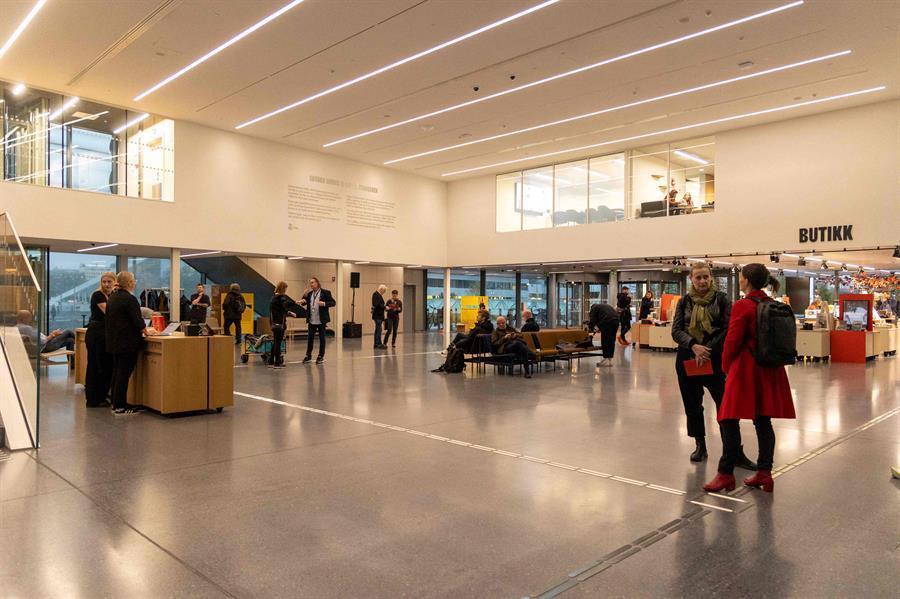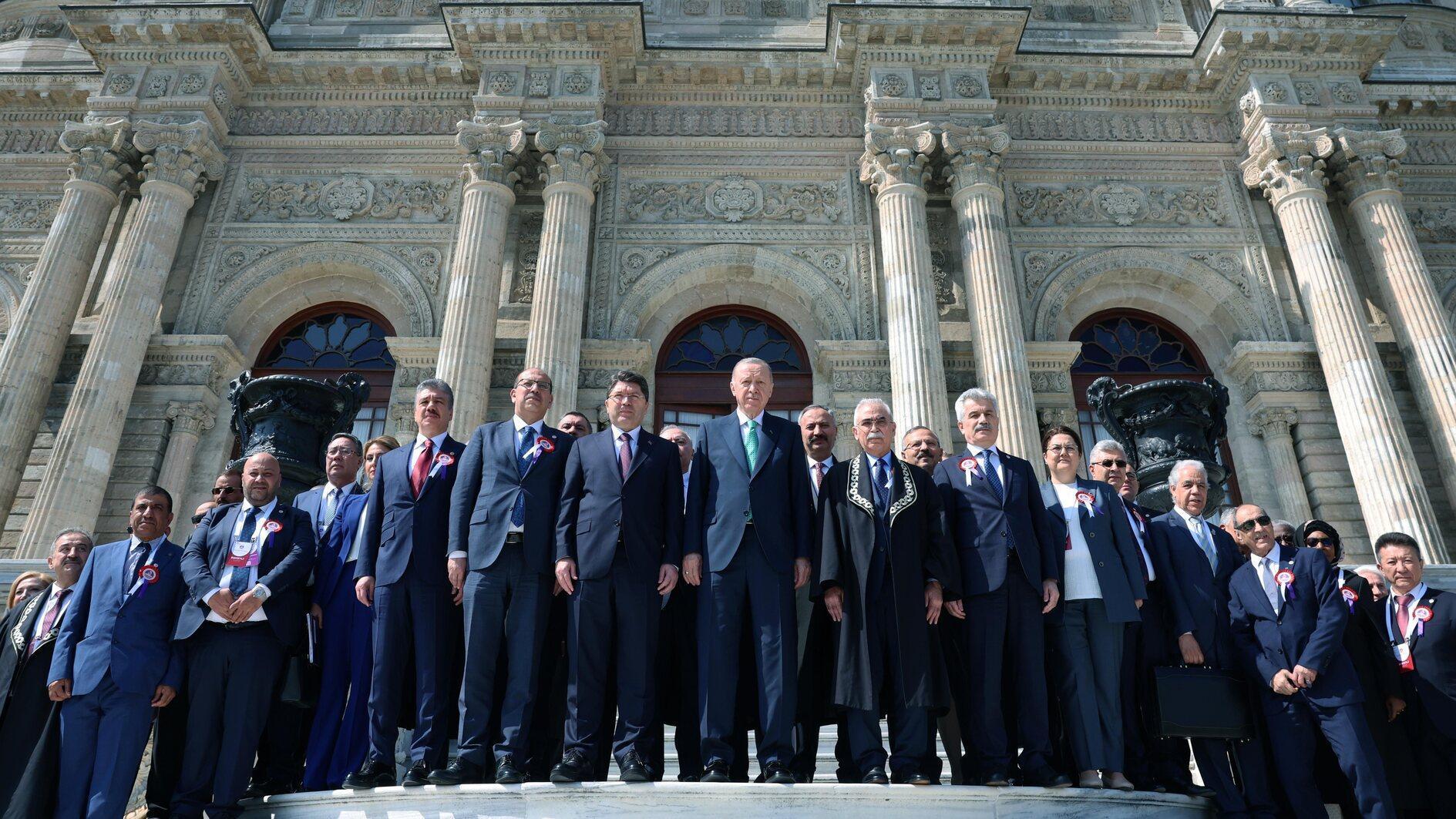World’s largest museum for an artist opens in Oslo
OSLO

To Edvard Munch, they were his children. And like any doting father, he hated the idea of them straying too far from home.Now, more than 26,000 artworks from the master expressionist’s “family,” including his best known piece, “The Scream,” have moved under one roof in the enormous and custom-built MUNCH museum on the shore of Oslo Fjord.
Gone is the old, rundown and poorly secured Munch Museum in the Norwegian capital’s outskirts -- from where a version of “The Scream” and another masterpiece, “Madonna,” were stolen by armed robbers in 2004. On Oct. 22, the new museum opened to the public smack dab in the heart of Oslo, in a luxuriously spacious modernist building that has sparked much controversy.
“This might be the biggest museum for a single artist,” museum director Stein Olav Henrichsen says as he gives a tour of the building.With 13 floors covering more than 26,000 square meters, the new building offers five times more exhibition space than the gloomy museum that until now housed Norway’s national treasure.A bachelor who had no children, Munch (1863-1944) bequeathed his work to the city of Oslo.
He had originally intended to leave it to the Norwegian state but changed his will at the last-minute to avoid the art falling into unwanted hands.At the time, Norway was occupied by the Nazis, who considered the pioneer of expressionism to be a maker of “degenerate art.”
Rising from the shore of the fjord and next to the city’s iconic opera house, the new museum aims to make up for a historical injustice by finally giving the world-renowned artist the building his admirers feel his oeuvre deserves.Half a million visitors are expected each year -- with the museum hoping for more than a million -- to view the 200 works on permanent display across 4,500 square metres.
Amid some of the recurring darker themes like angst, despair and death are less depressing ones exploring love, self-portraiture and landscapes. Pallid and sickly naked bodies mix with fiery red strokes depicting mops of hair or sunsets.And of course, there is “The Scream.” The museum owns several versions of the iconic artwork: one painting, one drawing, six lithographs and several sketches.
It also features other masterpieces such as “Madonna” -- both it and the stolen “Scream” were recovered by police two years later -- “Vampire” and “The Sick Child”, as well as some lesser known Munch pieces.Among the latter are sculptures, photographs, a film, and two massive paintings, “The Sun” and “The Researchers,” which had to be lifted into the museum during construction through a hole in the facade.“Munch wanted to have a museum. He talked about his children (referring to) all his works and he wanted them to be together as a collection,” says curator Trine Otte Bak Nielsen.“I think he would be very happy to see what we have made now.”
The building itself, dubbed “Lambda” because its slanted top resembles the letter of the Greek alphabet with the same name, has been the subject of controversy.That shape has riled some, while the luminous glass windows promised in the designs are largely hidden beneath what some say resemble monstrous metal shutters.Back in 2019, art historian Tommy Sorbo slammed the project as a “pollution” of Oslo, a “coming catastrophe.” He maintains that opinion today, “at least for the exterior and the entrance.”
“The lobby looks like an airport, a warehouse, a hotel or a commercial building,” he told AFP.“There is absolutely nothing in the choice of colors and materials to indicate that the place houses one of the greatest artists in the world.” Management has shrugged off the criticism, saying the museum should provoke people in the same way Munch’s art did at the time it was made.“The building suits the collection very well because it’s a monumental building, it’s ... a brutal building,” Henrichsen says.
“You need to actually have an opinion about it.” So will the much-decried “metal shutters” be enough to dissuade the thieves? Over the years, Munch’s works have been the object of several high-profile heists. Perhaps the most spectacular was that daring 2004 midday armed robbery.“This is the probably most secure building in Norway but you won’t feel it when you come here. The security is very delicate and we want to focus on the art experience,” Henrichsen said.“I can assure everybody that there’s not going to be a robbery here.”
















